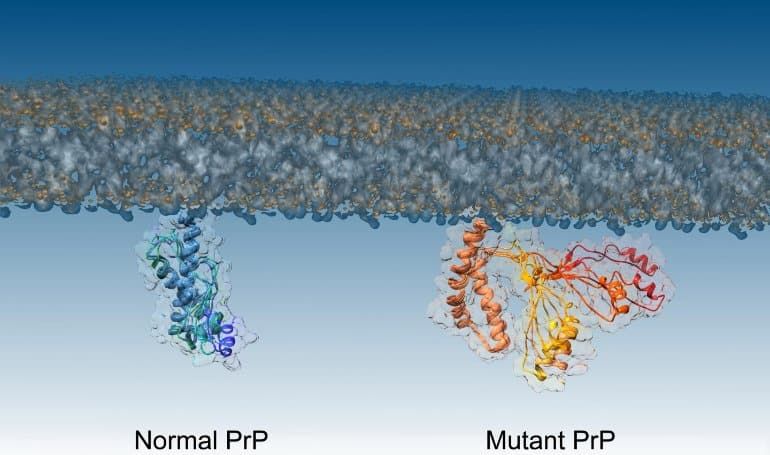O,.o imagine cold plasma fusion reactors: D.
Researchers have demonstrated that an ultracold neutral plasma can be magnetically confined, paving the way toward experiments that simulate its hot astrophysical counterparts.
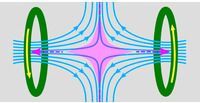
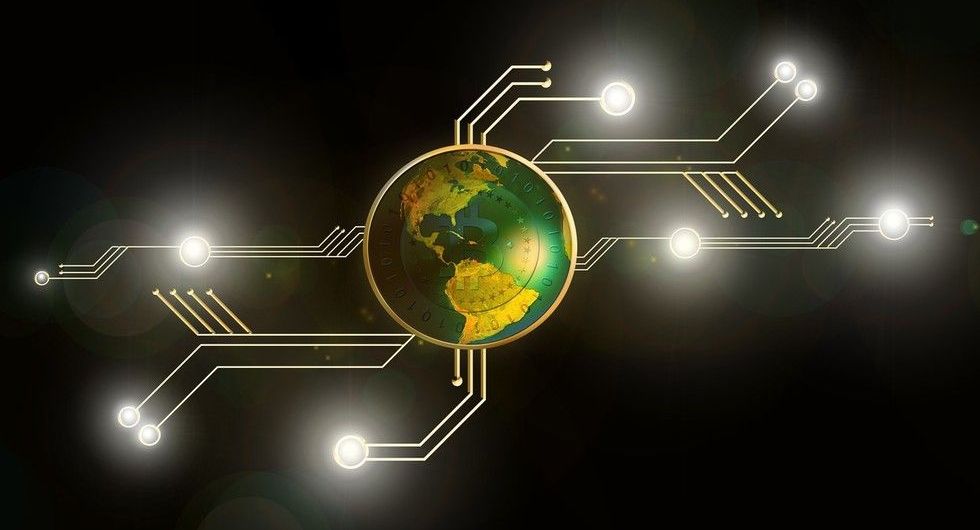
Impressive value.
According to data, bitcoin’s market cap is currently over $1 trillion. The digital coin went from zero to $1 trillion in network value 3.6 times faster than Microsoft.
Bitcoin also achieved a higher valuation than the world’s three biggest banks combined, when it hit an all-time high of $61700 last week, as its market cap approached roughly $1.15 trillion. The combined market cap of JPMorgan, Bank of America and The Industrial and Commercial Bank of China (ICBC) is $1.08 trillion.

A unique — details are a bit sketch 😉 looks amazing tho!
Requirements:
Human; all nationalities accepted.
Be willing to relocate to Mars.
Previous SMS experience working around black holes.
Hands-on experience repairing or replacing broken parts on machinary and/or colleagues.
A Can Do Attitude.
The ability to work alone and part of an android team with minimal supervision and zero compliance to logic.
Available for travel to different planets on a regular basis.
Dangerous Goods or Hazardous Materials Recognition Training preferred but not necessary. OTJ will be provided. Please ensure your tetanus vaccine is up-to-date!
A unique Russian Aerospace-Robotics Farm is hiring — details are a bit sketch 😉 looks amazing tho!
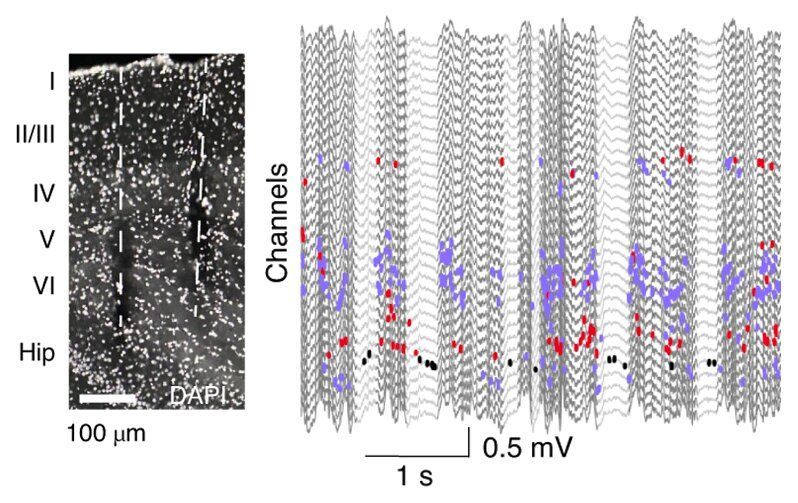
Typically, pyramidal cells and GABAergic interneurons in the brain are activated simultaneously. A team of neuroscientists at New York University, however, recently identified a unique class of neurons that do not fire at the same time as all principal neurons, cells and interneurons. Interestingly, the team found that these specific neurons are most active during the DOWN state of non-REM (NREM) sleep, when all other neuron types are silent.
“As is often the case in science, our discovery was a true serendipity,” György Buzsáki, one of the researchers who carried out the study, told MedicalXpress. “By collecting sleep recordings in deep layers of the cortex, we observed that spikes of some rare neurons occasionally occurred during the so-called ‘DOWN state’ epochs of sleep. No neuron was supposed to do such thing, as DOWN state is known (and identified by) by its complete neuronal silence (lack of spikes).”
The neocortex, a set of layers in a region of the brain called cerebral cortex, is rebooted thousands of times every night from the transient (50−300 ms long) DOWN state. In their study, Buzsáki and his colleagues identified a class of neurons that appear to be most active when all other neurons (i.e., excitatory pyramidal and inhibitory neurons) are silent, in the DOWN state, during NREM stages of sleep. In their follow up experiments, they showed that these neurons are neuroglia-form cells found in the deeper layers of the neocortex, which specifically express genes known as ID2 and Nkx2.1.

Lightning strikes were just as important as meteorites in creating the perfect conditions for life to emerge on Earth, geologists say.
Minerals delivered to Earth in meteorites more than 4 billion years ago have long been advocated as key ingredients for the development of life on our planet.
Scientists believed minimal amounts of these minerals were also brought to early Earth through billions of lightning strikes.

It has long been understood that a parent’s DNA is the principal determinant of health and disease in offspring. Yet inheritance via DNA is only part of the story; a father’s lifestyle such as diet, being overweight and stress levels have been linked to health consequences for his offspring. This occurs through the epigenome—heritable biochemical marks associated with the DNA and proteins that bind it. But how the information is transmitted at fertilization along with the exact mechanisms and molecules in sperm that are involved in this process has been unclear until now.
A new study from McGill, published recently in Developmental Cell, has made a significant advance in the field by identifying how environmental information is transmitted by non-DNA molecules in the sperm. It is a discovery that advances scientific understanding of the heredity of paternal life experiences and potentially opens new avenues for studying disease transmission and prevention.

The continuous improvement of imaging technology holds great promise in areas where visual detection is necessary, such as with cancer screening. Three-dimensional imaging in particular has become popular because it provides a more complete picture of the target object and its context.
“More doctors and radiologists are looking at these 3D volumes, which are new technologies that allow you to look not just at one image, but a set of images,” said UC Santa Barbara psychology professor Miguel Eckstein, whose expertise lies in the field of visual search. “In some imaging modalities this gives doctors information about volume and it allows them to segment what they’re interested in.”
Common wisdom is that with all this additional information provided, the rate of detection success should increase considerably. However that’s not always the case, Eckstein said. In a study published in the journal Current Biology, he, lead author Miguel Lago and their collaborators point out an odd foible of human vision: We’re actually worse at finding small targets in 3D image stacks than if they were in a single 2D image.
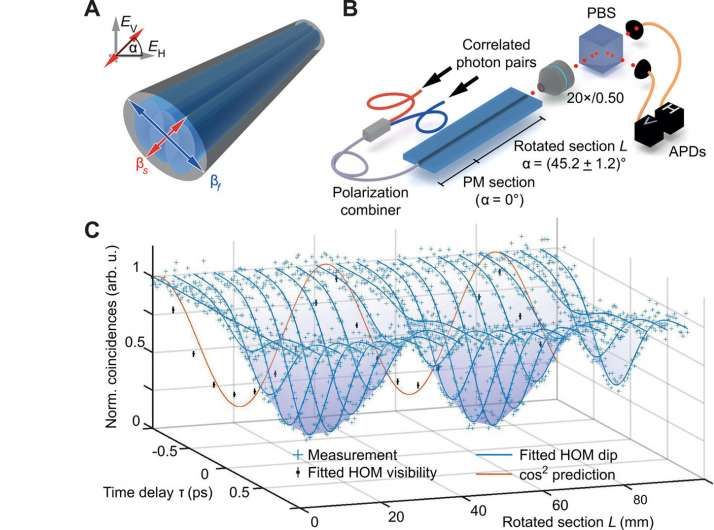
Graph representations can solve complex problems in natural science, as patterns of connectivity can give rise to a magnitude of emergent phenomena. Graph-based approaches are specifically important during quantum communication, alongside quantum search algorithms in highly branched quantum networks. In a new report now published on Science Advances, Max Ehrhardt and a team of scientists in physics, experimental physics and quantum science in Germany introduced a hitherto unidentified paradigm to directly realize excitation dynamics associated with three-dimensional networks. To accomplish this, they explored the hybrid action of space and polarization degrees of freedom of photon pairs inside complex waveguide circuits. The team experimentally explored multiparticle quantum walks on complex and highly connected graphs as testbeds to pave the way to explore the potential applications of fermionic dynamics in integrated photonics.
Complex networks
Complex networks can occur across diverse fields of science, ranging from biological signaling pathways and biochemical molecules to exhibit efficient energy transport to neuromorphic circuits across to social interactions across the internet. Such structures are typically modeled using graphs whose complexity relies on the number of nodes and linkage patterns between them. The physical representation of a graph is limited by their requirement for arrangement in three-dimensional (3D) space. The human brain is a marked example of scaling behavior that is unfavorable for physical simulation due to its staggering number of 80 billion neurons, dwarfed by 100 trillion synapses that allow the flow of signals between them. Despite the number of comparably miniscule volume of nodes, discrete quantum systems faced a number of challenges owing to complex network topologies, efficient multipartite quantum communications and search algorithms.
